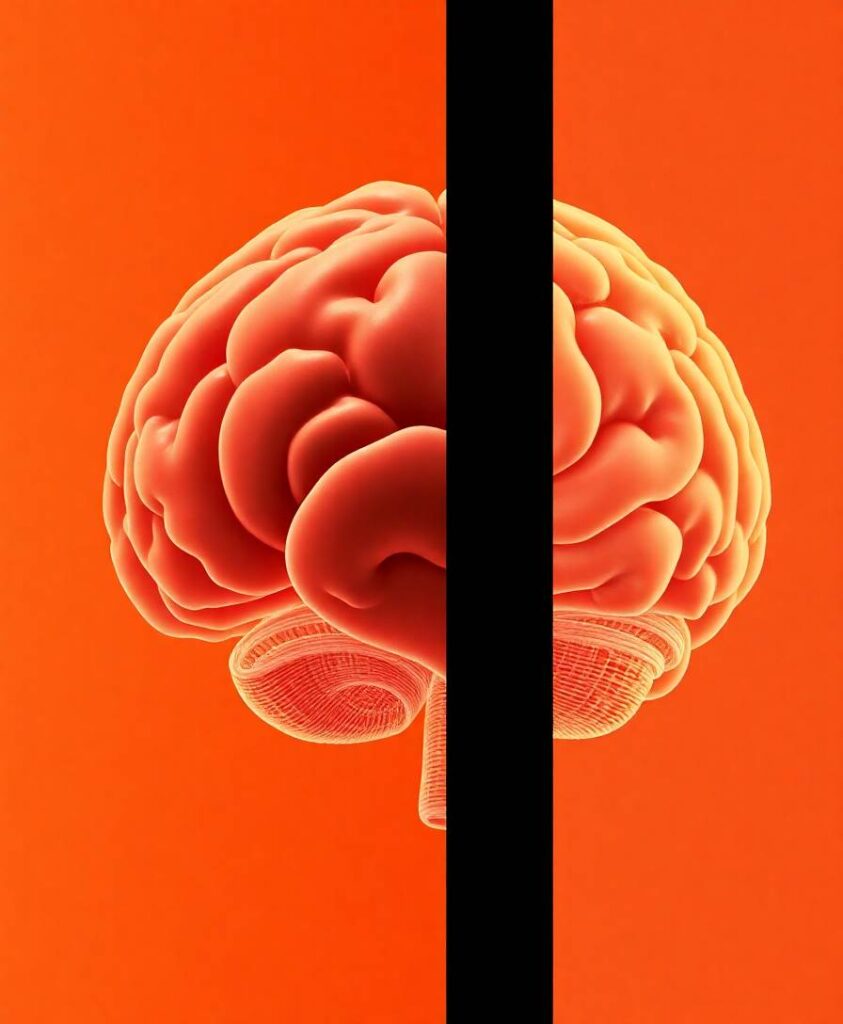Since the 1980s, a simple but consequential idea has defined much social cognition (see Glossary) research [1–4]: When humans encounter social targets (whether individuals or groups of people), information stored in long-term memory about these social targets can be activated relatively automatically, and specifically in the absence of (or even contrary to) the person’s intention to do so [5] (for alternative conceptualizations, see [6,7]). Customarily measured using indirect procedures, such as sequential priming [2,8], the Implicit Association Test [9], the Affect Misattribution Procedure [10], and their variations, implicit attitudes have been shown to play a unique role in how we evaluate and relate to our social environments.



